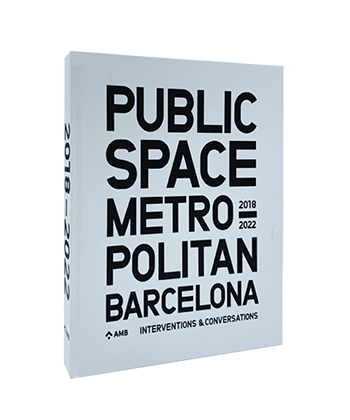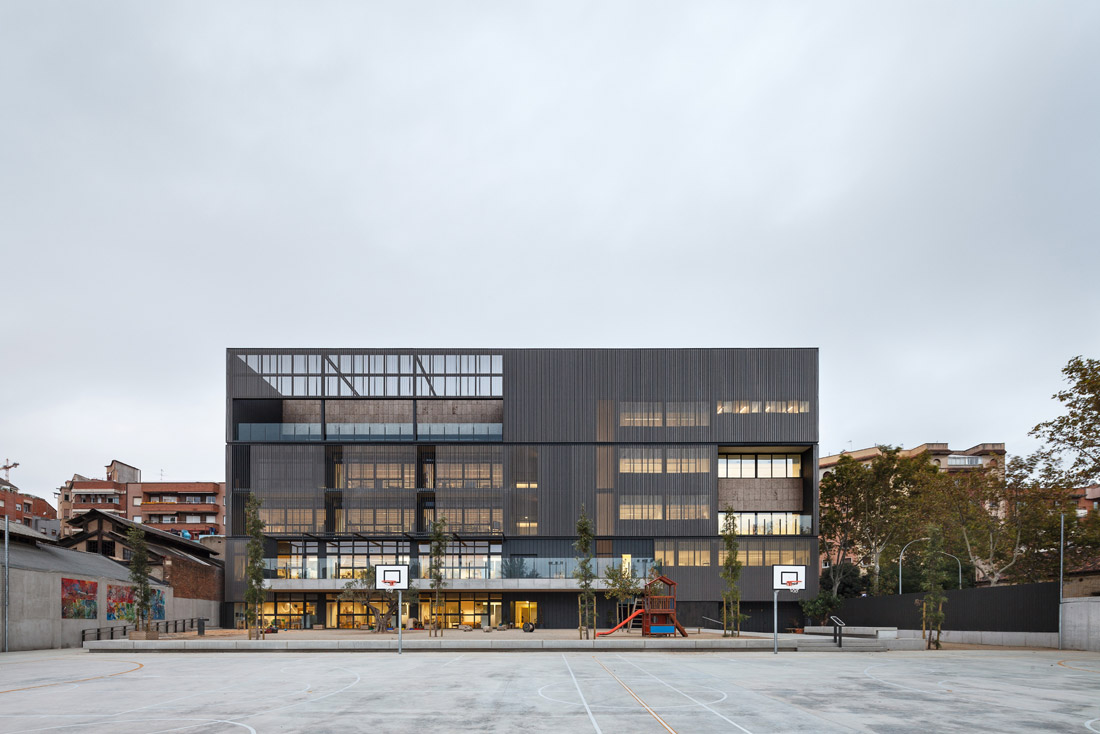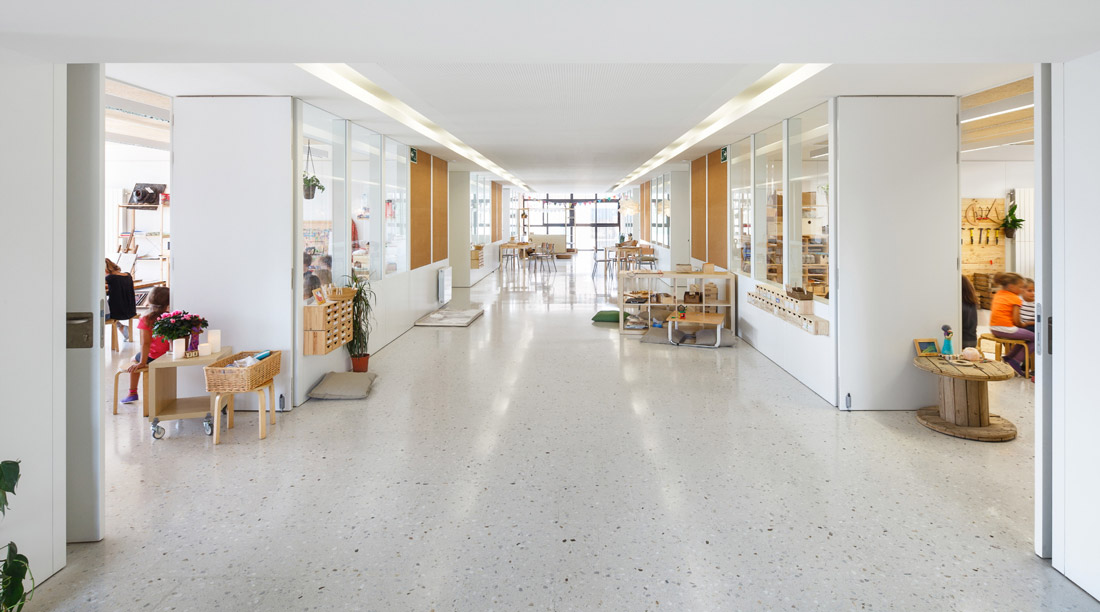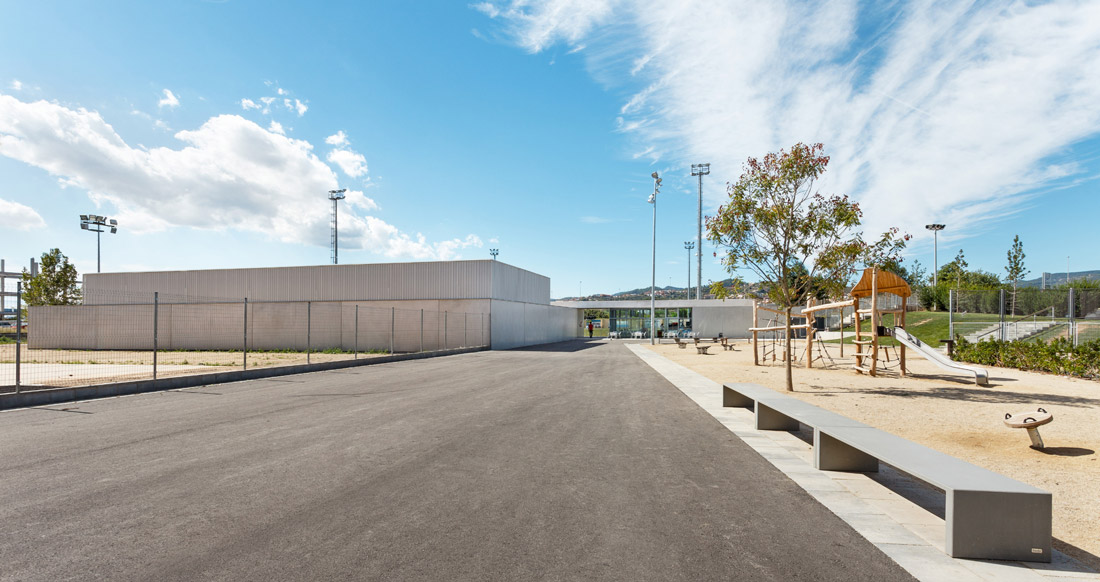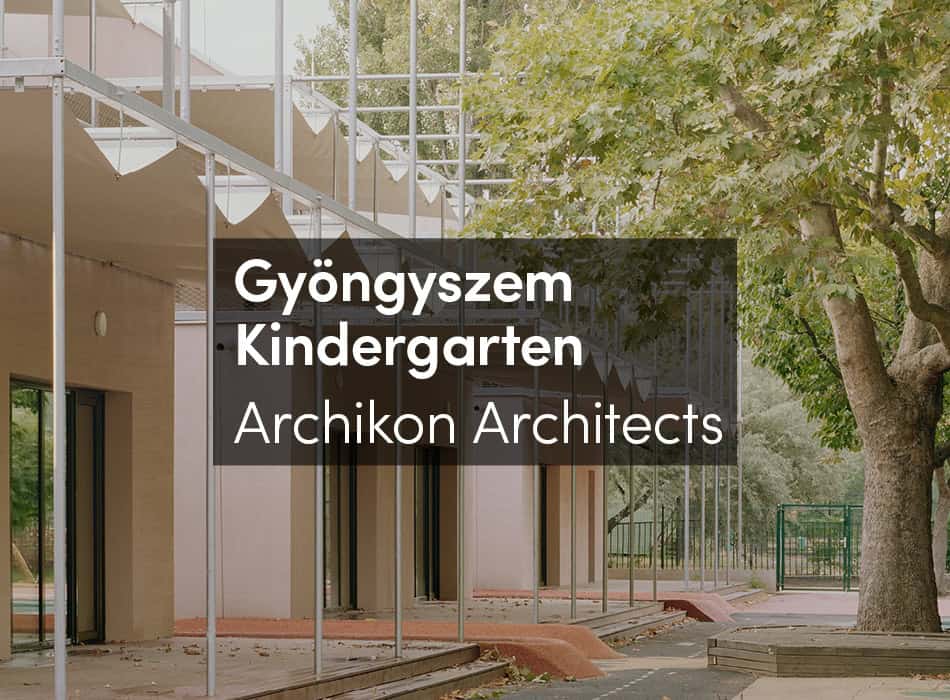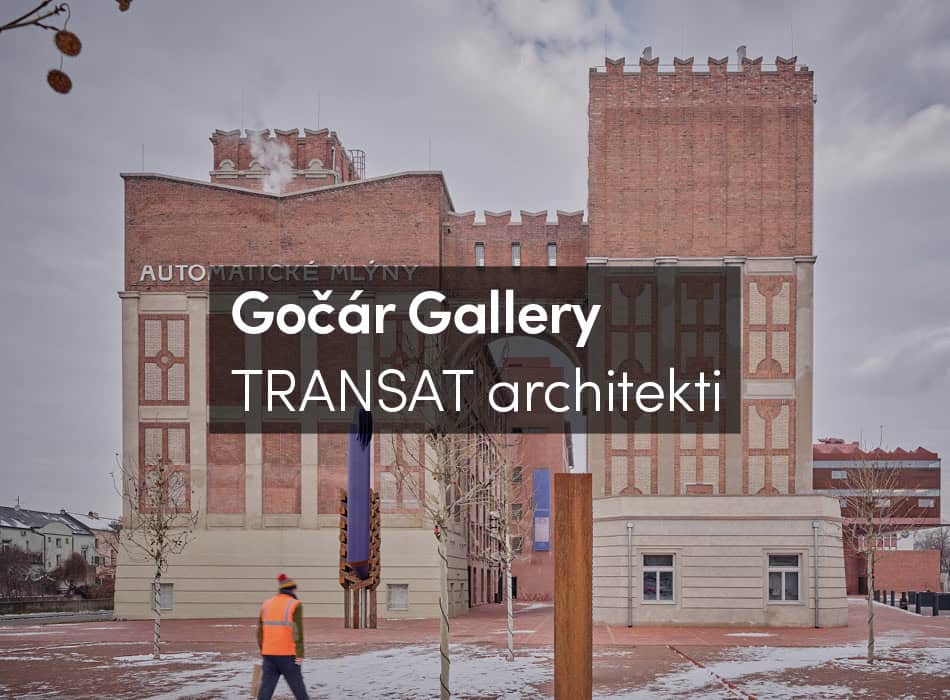urbanNext talks to Roger Méndez, an architect who works in the Public Space department of the Barcelona Metropolitan Area (AMB). Since 2008, he has led one of the nine teams of architects who work with engineers, building engineers, landscape architects and environmentalists on the design and execution of projects for public spaces and facilities in the metropolitan area. In his position, he acts as an intermediary between the various parties involved in each project.
The projects you have undertaken at the AMB include Els Encants school, which received the FAD Opinion Award in 2016 and was nominated for the EU Mies Awards in 2017. Those awards acknowledged innovation in your approach to the spaces, and how the design process included the educational community. What was the strategy for creating a model that departs from the standard template for schools?
If we want the answer to change, then the question has to change. So the inclusion of the new needs of the educational community at Els Encants school was what determined the project. The school is a leading public institution in pedagogical issues in the city, as it provides advanced and more inclusive teaching. This ambition in the field of education led us to try to provide an answer that incorporated their values, and it was this broadening of the question that enhanced our response.
Els Encants School © Marcela Grassi
The school administration was very heavily involved in the process, as were the parents of the pupils. This active participation is reflected in our project. On the one hand, the strategy consisted of meeting the standards of the Catalan Ministry of Education, which as an institution has to oversee the maintenance of its buildings to make sure that educational activities in them take place properly. On the other hand, we added materiality and flexibility to the spaces in order to meet the specific needs of the school’s educational project. The aim in this case was to create flexible spaces so that classrooms were not isolated centres, but instead for them to allow learning to be adapted to each student’s particular needs.
The desks and blackboards in the classrooms had to be non-directional; the idea was that the furniture could be adapted to the children’s learning process.
In order to accommodate this fragmentation of the classrooms, we focused on how people move around inside the building, and we paid special attention to the spaces that are normally considered transit areas, and which in this case were designed to be spaces for meeting that could be used for educational activities in the same way as the classrooms are.
What lessons did you learn from this experience?
We learned a lot from the mediation and participation process, which enabled us to identify the needs of each of the parties involved as clients. The Catalan Ministry of Education’s decision to include the school within the process was a wise move. We also realise that in order to provide a response to the demands that was appropriate and sustainable, it was important to listen to and meet the needs of the various parties involved, and to be very clear about the resources that were available so that people were not frustrated.
The industrialisation of features was a strategy that helped us to meet various aspirations in that respect.
As we were working with children, who are very sensitive users, we paid particular attention to material aspects in terms of comfort, health and safety.
The overall approach was a great learning experience for us, and we have applied this experience to other projects addressing many of the challenges related to welfare we face as a society.
Communication management is another issue, as the various awards have led to a great deal of interest in the project. We had to think about how to explain it to a wider audience who do not always know great deal about architecture, and who have other interests or concerns. Being able to convey those values was also a great learning experience.
Els Encants School © Marcela Grassi
You have talked about resources and frustration, and we would like to talk about the Ricard Ginebreda sports area in Molins de Rei, which is a project that was subject to limited resources. How was this project administered to provide a response to the needs?
In this case we had a client, the municipal council, that was very clear about the scenario it wanted to create around the facility. When the project was first planned, the football pitch was one of the worst in the league, both in terms of the equipment it had and the state of the facilities. It was a football stadium that was completely fenced off, which made relations with the neighbourhood, the adjacent park and the public space in general very difficult. The municipal council’s approach was very clear and ambitious, and this enabled us to come up with a very precise strategy. Various phases were planned in response to when financial resources would become available and allow progress to be made on the project. It was very important to oversee the process carefully from the outset, because improvisation is where resources are wasted, and we could not afford to do that in this case.
Ricard Ginebreda Sports Area © Marcela Grassi
What social impact has this project had?
The neighbourhood has improved a great deal thanks to the links with Llobregat Park. The improved accessibility of the football pitch has opened up the facility to the neighbourhood and, especially, to new minority sports like weightlifting, judo, climbing and gymnastics, and that has created new synergies. Until we built the sports area, the neighbourhood was to some extent peripheral from the town centre, but the project has attracted citizens and residents from other parts of Molins de Rei and Baix Llobregat county and turned the area into a new pole of attraction.
In the case of the Ripollet Municipal Archive, which is a project you are working on at the moment, you have a legacy that is very important to the local residents, but which has to be demolished because it is derelict. Why is it important to respect the collective consciousness related to this building, and how do you approach this?
This project is being undertaken on the site of the old social club, which was located in the old town centre of Ripollet. It was a public building like many other cultural associations and centres, which were a reference point for the working classes of the last century. It was a building without any significant heritage value, but which had great sentimental value for the citizens of Ripollet, which it was important to respect. Unfortunately, the building had to be demolished because it was derelict, but fortunately we were able to retain some of its features, such as the wrought iron railings on the balconies, which we have integrated into the new façade. As no other tangible features of the previous building remained after the demolition, we have maintained the proportions and compositional elements of the old façade, without being too literal, providing assets for the future and new fundamental collective challenges such as sustainability.
Ripollet Municipal Archive © AMB
How do you address the challenges of sustainable development in your work?
The AMB has had its own sustainability protocol for some years, which helps specialists set out the basic criteria when drafting projects. We are all trying to make sure that our actions address this challenge.
First, we take a critical look at the assignment to determine whether the chosen programme and location are appropriate. It is important for us to have this discussion with the municipal council from the outset, and we work together from there so that the programme and its implementation in the surrounding area makes sense in the long term. It is important to plan buildings with flexible uses, because today’s facilities may need to address different needs in 10- or 20-years’ time. A forward-looking approach which enables us to provide the maximum benefits for citizens for the longest possible period of time is crucial for us.
The aim of minimising the demand for energy in order to reduce consumption is also a significant part of our work. We also pay a great deal of attention to how maintenance is going to be undertaken in all our projects. That means using materials that perform well when you use them, and do not require a great deal of maintenance. The end result must always be architecture of the highest quality, which uses resources efficiently and meets the citizens’ needs.





